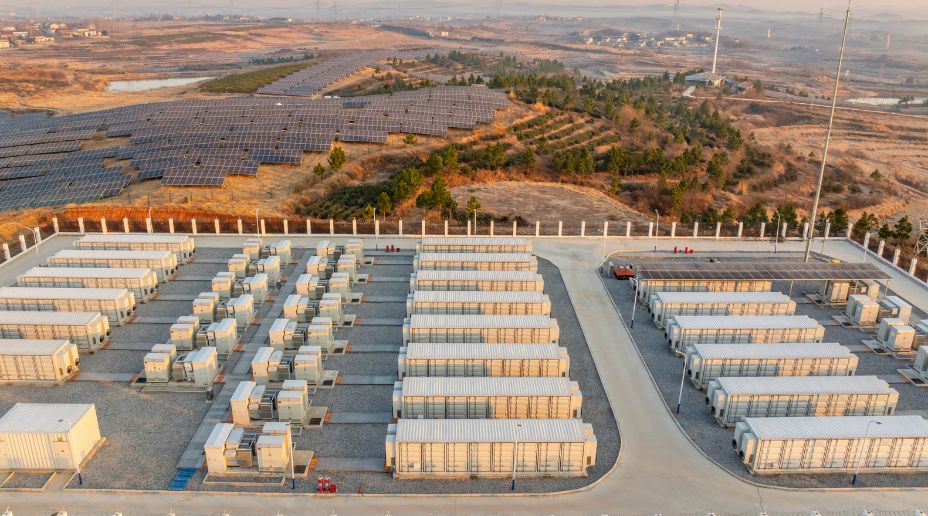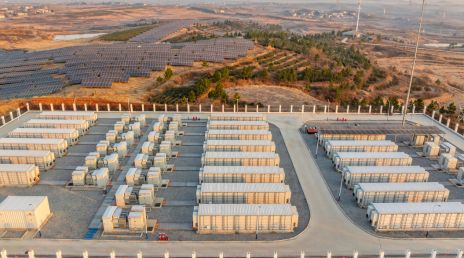Global supply chains are facing the worst disruption since the 1970s, with businesses grappling with everything from trade barriers to goods and labour shortages.
Current supply chain disruption can be traced back to the pandemic. As lockdowns shut down production lines and fuelled very different consumer buying habits, there were shortages in everything from timber to toilet paper.
Pandemic-related disruption may be behind us now, especially since China abandoned its zero-Covid policy in December 2022, but other disruptors remain.
A shortage of lorry drivers has grounded goods around the world. In the UK, the Road Haulage Association says the combination of an ageing workforce, the loss of EU drivers and the economic shock caused by the pandemic mean the sector has a 50,000 shortfall in drivers.1
Trade barriers are another cause of disruption. Brexit has reduced the amount of goods that flow between the UK and the EU. The latest government figures show that total trade in goods (imports plus exports) with EU countries was down by 23.1% in the first quarter of 2021.2






























